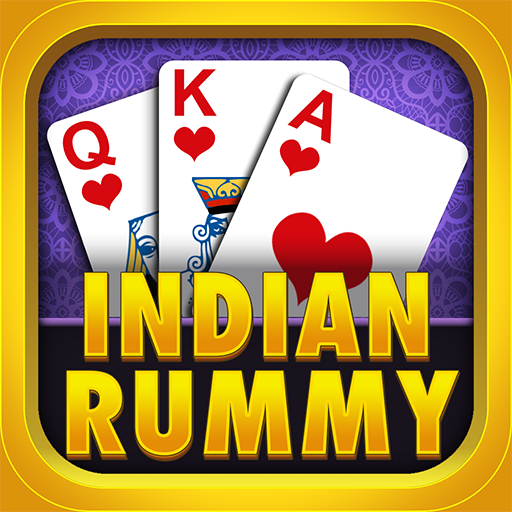Indian Rummy, a variant of the traditional rummy game, holds a special place in the hearts of card game enthusiasts across India. Known for its blend of skill, strategy, and chance, Indian Rummy is more than just a game—it’s a cultural phenomenon that brings people together. This article explores the origins, rules, and enduring popularity of Indian Rummy, shedding light on why it continues to captivate players of all ages.
Origins and History
The exact origins of Indian Rummy are somewhat murky, but it is believed to have evolved from a variety of rummy games brought to India by traders and colonizers. Over time, the game adapted to local customs and preferences, resulting in a unique version that has become immensely popular in Indian households. Indian Rummy is often played during festivals, family gatherings, and social occasions, reflecting its deep-rooted presence in Indian culture.
Basic Rules of Indian Rummy
Indian Rummy is typically played with two decks of cards, including jokers, and can accommodate 2 to 6 players. The objective of the game is to form valid sets and sequences from the cards in your hand and declare before your opponents. Here are the fundamental rules:
- Dealing Cards:
- For 2 to 3 players, each player is dealt 13 cards.
- For 4 to 6 players, each player is dealt 13 cards, and the remaining cards form the draw pile.
- Jokers:
- One card is randomly selected as the wild joker.
- All cards of the same rank in all suits become wild jokers.
- Printed jokers can also be used as wildcards.
- Forming Sets and Sequences:
- A sequence is a group of three or more consecutive cards of the same suit (e.g., 5♠, 6♠, 7♠).
- A set is a group of three or more cards of the same rank but different suits (e.g., 7♠, 7♦, 7♣).
- Players must have at least two sequences, one of which must be a pure sequence (without jokers).
- Gameplay:
- Players take turns drawing a card from either the draw pile or the discard pile and discarding one card.
- The goal is to arrange all 13 cards into valid sets and sequences.
- Declaring:
- Once a player has formed valid sets and sequences, they declare and show their cards.
- The declared hand is checked for validity.
- If valid, the player wins the game.
Popularity and Cultural Significance
Indian Rummy’s popularity can be attributed to several factors:
- Social Bonding:
- The game is often played during family gatherings and festivals, fostering social interaction and bonding.
- Skill and Strategy:
- Indian Rummy requires a good understanding of rules, strategy, and keen observation, making it a mentally stimulating game.
- Accessible to All Ages:
- The game’s simple rules and engaging nature make it accessible to people of all ages, from children to the elderly.
- Online Platforms:
- The advent of online rummy platforms has further popularized the game, allowing players to enjoy it anytime, anywhere.
- These platforms offer various tournaments and cash prizes, adding an extra layer of excitement.
Tips for Playing Indian Rummy
To excel in Indian Rummy, consider the following tips:
- Focus on Pure Sequence:
- Form a pure sequence as early as possible, as it is a mandatory requirement for a valid declaration.
- Use Jokers Wisely:
- Utilize jokers to complete other sets and sequences but avoid relying on them for the pure sequence.
- Discard High-Value Cards:
- Discard high-value cards that are not part of your sequences or sets to minimize points in case your opponent declares.
- Observe Opponents:
- Pay attention to the cards your opponents pick and discard to gauge their strategies and adjust your gameplay accordingly.
Conclusion
Indian Rummy is more than just a card game; it’s a cultural tradition that brings joy, excitement, and camaraderie to millions of players. Its blend of strategy, skill, and luck ensures that it remains a beloved pastime in India. Whether played in a traditional setting or on an online platform, Indian Rummy continues to captivate and entertain, making it an enduring symbol of India’s rich gaming heritage.




